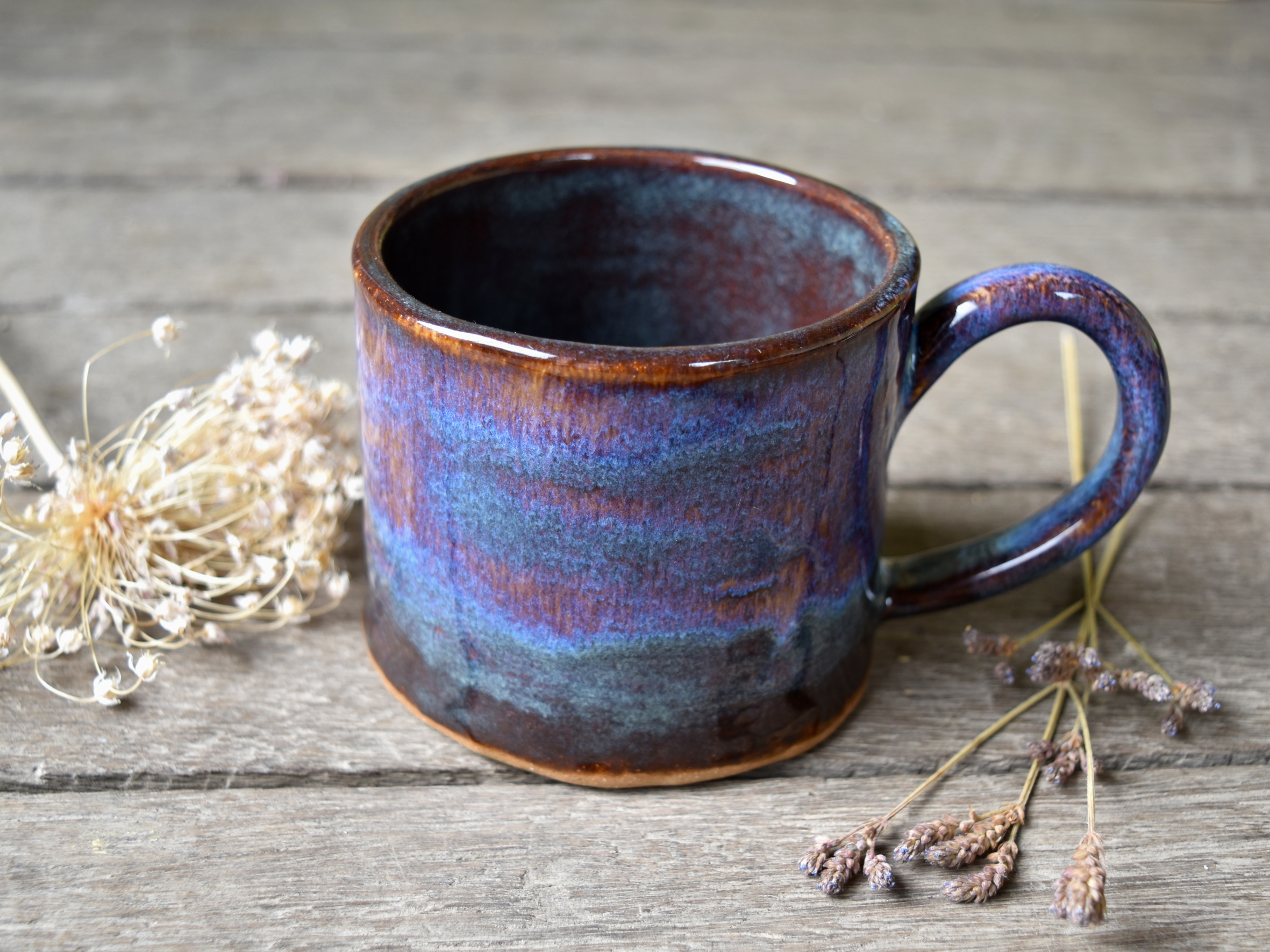How Do You Make This?
Hello, friends!
Today I thought it would helpful to give a little overview of some methods of forming in ceramics, and explain where my work fits into the spectrum. Sometimes I forget that many of you following along don’t necessarily work with clay, and I am often asked questions to this end during our chats at markets and on instagram.
In my experience the most assumed method, and probably the most common in studio ceramics, is wheel-throwing. That is, using a potter’s wheel. You’ll have seen those mesmerising time-lapse videos all over the internet of wheel throwing - it’s pure magic to watch a lump of clay effortlessly turned into a fully-formed symmetrical vessel in a matter of minutes. It takes skill to throw well on the wheel, and once mastered, a potter can quickly produce items over and over again. They can also vary their forms quite dramatically right there in the moment, which is helpful for custom pieces.
Another method of reproducing items over and over again is slip-casting. The potter spends time making a single good form and then they make a mould of it using plaster. Once the mould is ready to use, liquid clay or ‘slip’ is poured into the mould and left to set. The absorbent plaster draws the excess water out of the slip which hardens the clay to a solid form. When ready, the form is released from the mould and any rough mould lines are cleaned up.
Lastly, we have hand-building, and that’s where I fit in. If you took high school ceramics, the first couple of projects you did were probably a little pinch pot and perhaps a larger coil pot. Maybe you even tried your hand at a slab pot of some sort?
I form all of my work through hand-building. I primarily use slabs for making plates, bowls, mugs, cups and jewellery, and decorative pieces like my mushroom bells and incense holders are individually sculpted.
Hand-building is the most basic method of working with clay. It can be as simple as a lump of clay and your two hands - pinching, coiling and slowly shaping the clay into your desired form. It can also be so much more than that. Like all methods of working with clay, hand-building is a skill and the many different techniques take time to learn and to do well.
It can be a much, much slower way of working, but I really enjoy the organic forms hand-building produces. My absolute favourite ceramics are those pieces where I can see the individual fingerprints of the potter, where the vessel isn’t cookie-cutter perfect but instead has it’s very own personality and story, visible in every inch of its being. For me, it’s the place where functionality meets art, and it makes my little creative heart sing.
The mug pictured here started out as a flat slab of clay. You can see a timelapse of the start of my mug making process on my instagram. Unfortunately the camera stopped recording halfway through, but I’ll record the whole process and share it in another post.
This has been just a very short introduction to some methods of making in clay. And of course, many potters use multiple approaches in their work - both across pieces and within. Forming the piece is just the start of the process too, and can be greatly influenced by the intended surface decorating (and vice versa).
Subscribe to the blog to see future posts. Next week I’ll show you some of the tools I use and we’ll start to go more in-depth on the different hand-building techniques I use.
While you’re here - don’t forget to sign up for the monthly Newsletter at the bottom of the page! You’ll get access to exclusive content, giveaways, competitions and first dibs on certain product restocks.
Keep creating, friends.
Rhiannon is an Australian ceramic artist based on the Mid North Coast of NSW. She makes small batch decorative and functional pottery art in her home studio, drawing inspiration from the beauty of the bushland around her.

